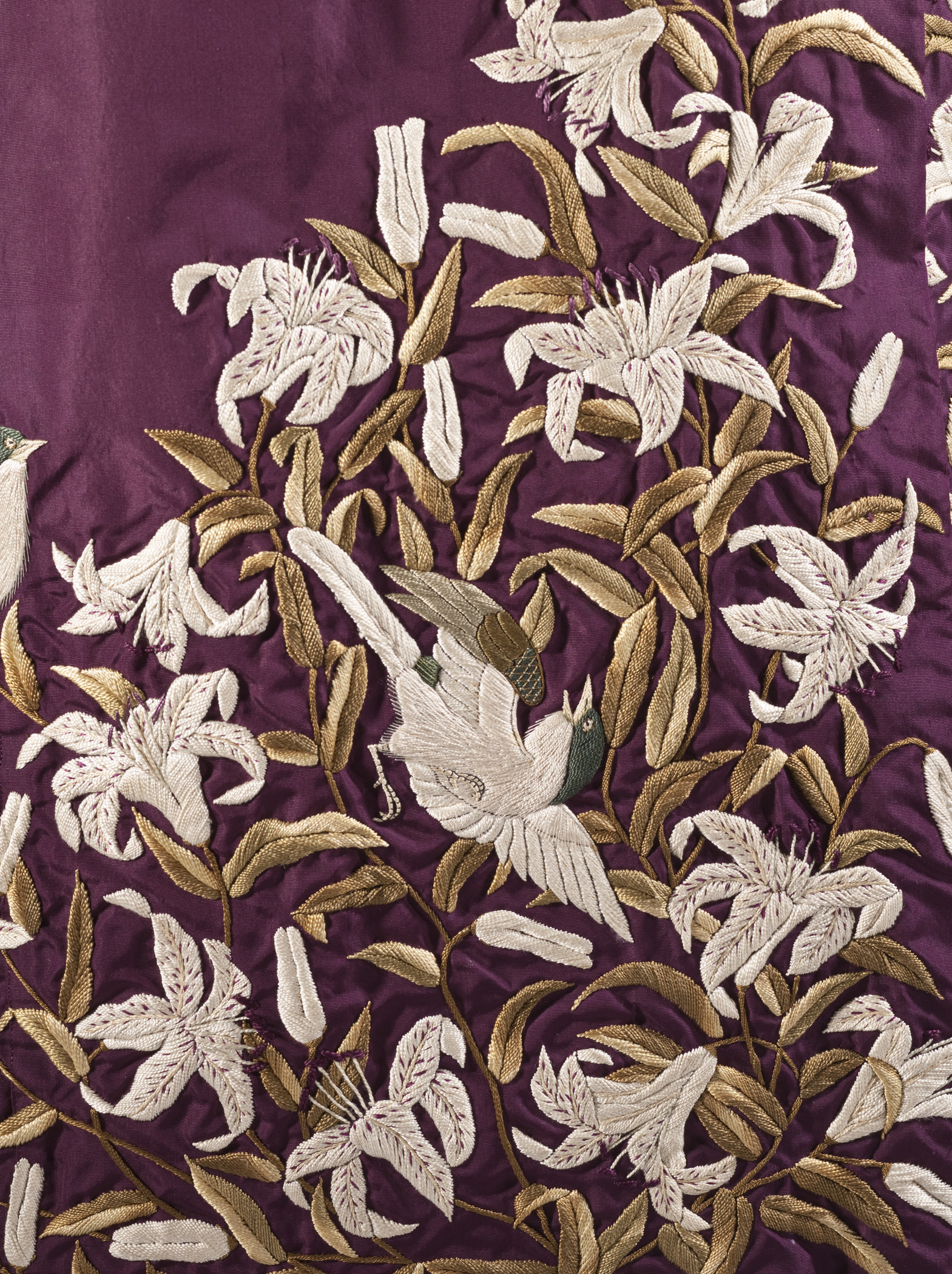Rate the Dress: Bustle Era Roses
Last week’s dress wasn’t exactly a universal success. But it did spark a lot of very interesting conversations about what it was worn for, and what inspired its design. And interesting discussions are what Rate the Dress is really about. So, whether you like it or not, hopefully this week’s pick will be equally interesting. Last week: A young lady’s formal day dress, ca 1915 Half of you loved the ca. 1915 day dress, or could at least see what it was going for, and rated it consequently. But the other half of you didn’t like, well, so many things: the not quite white colour; the almost symmetrical front and back; the way the ruffles didn’t carry around to the front of the skirt; the fussiness; the details on details; and most of all, the vertical bow. I really enjoyed all of the suppositions about the design influences and purpose of this garment: Mrs C showing how effective it would be in black and white photography, Hvitr’s guess that it might very well be inspired …



